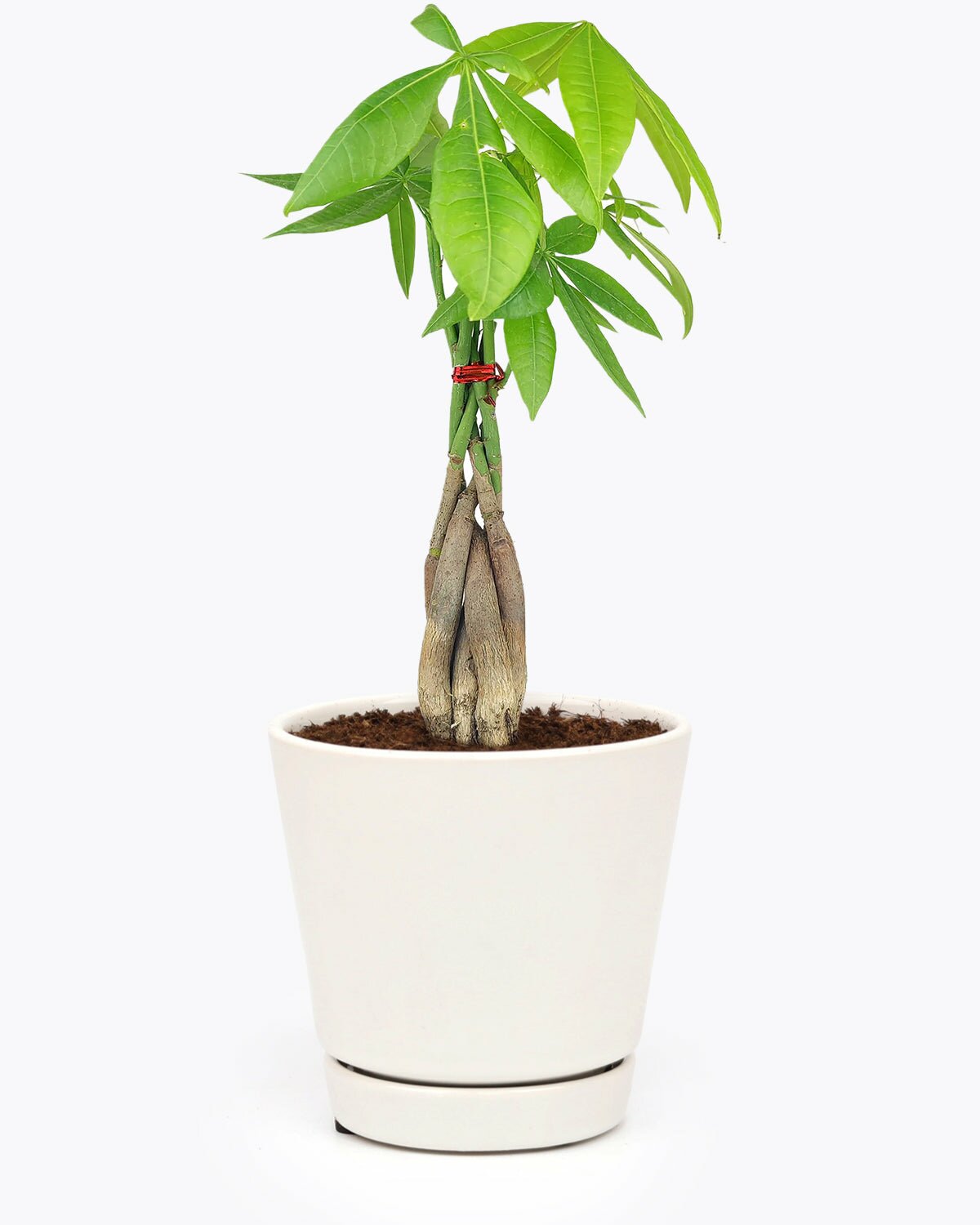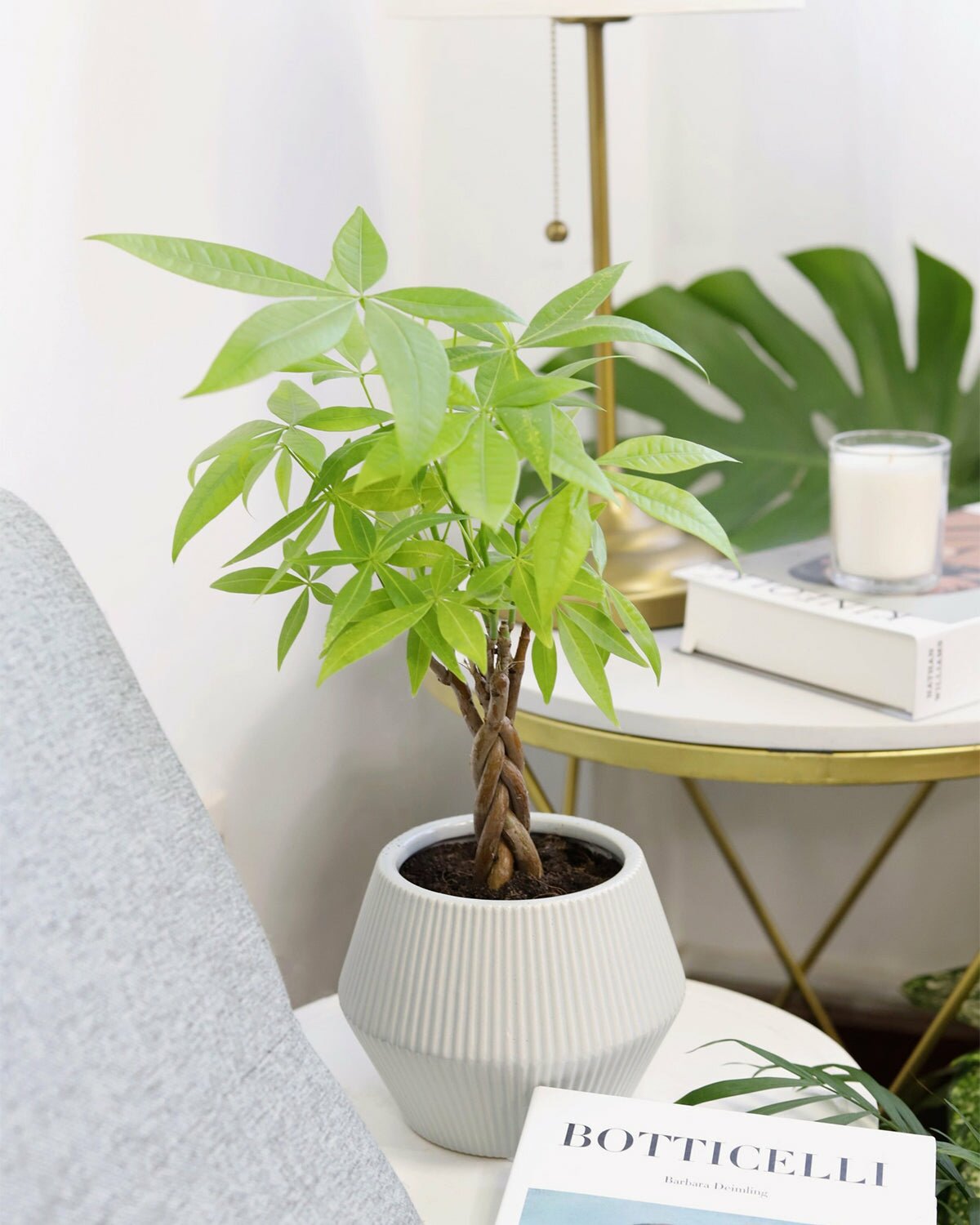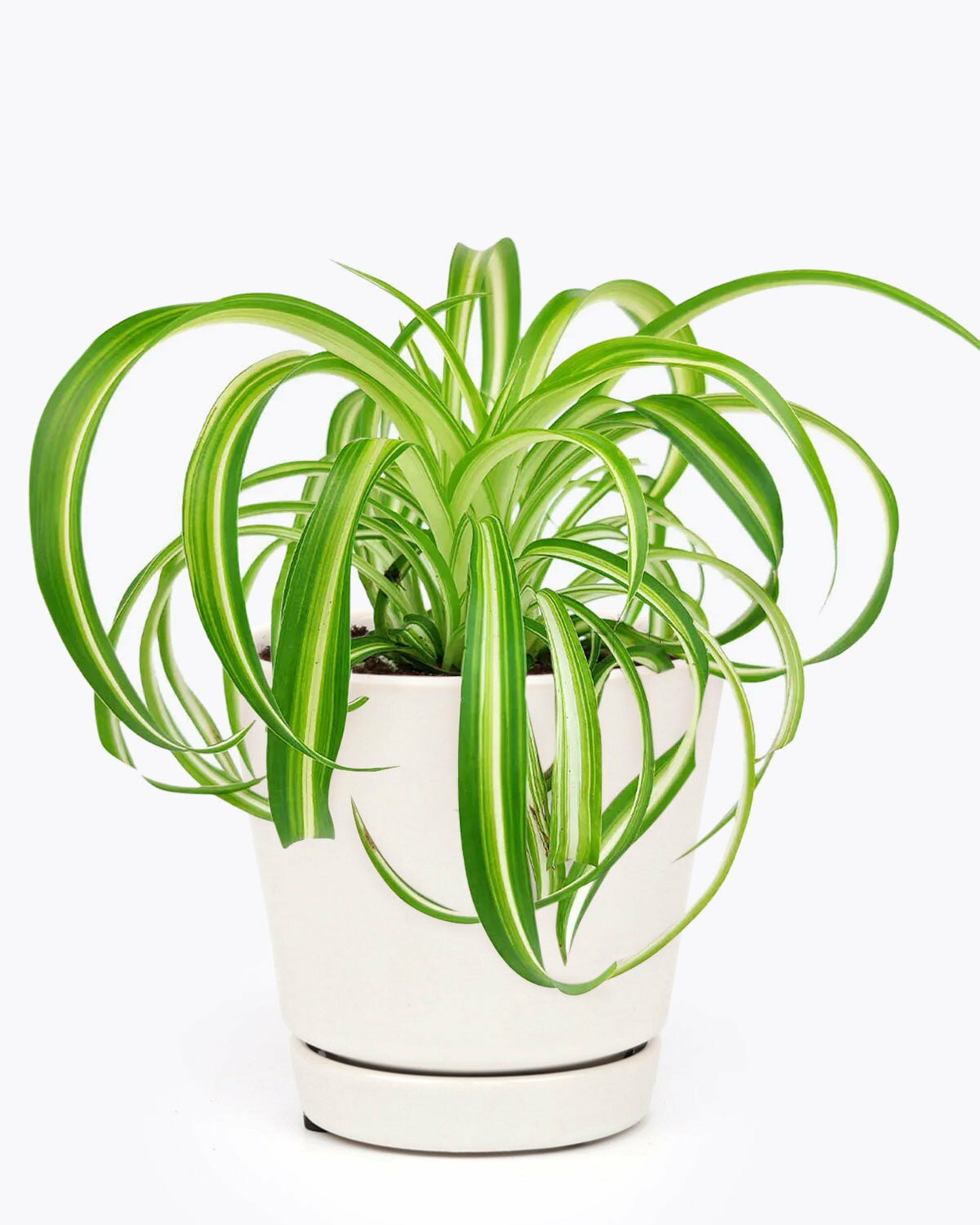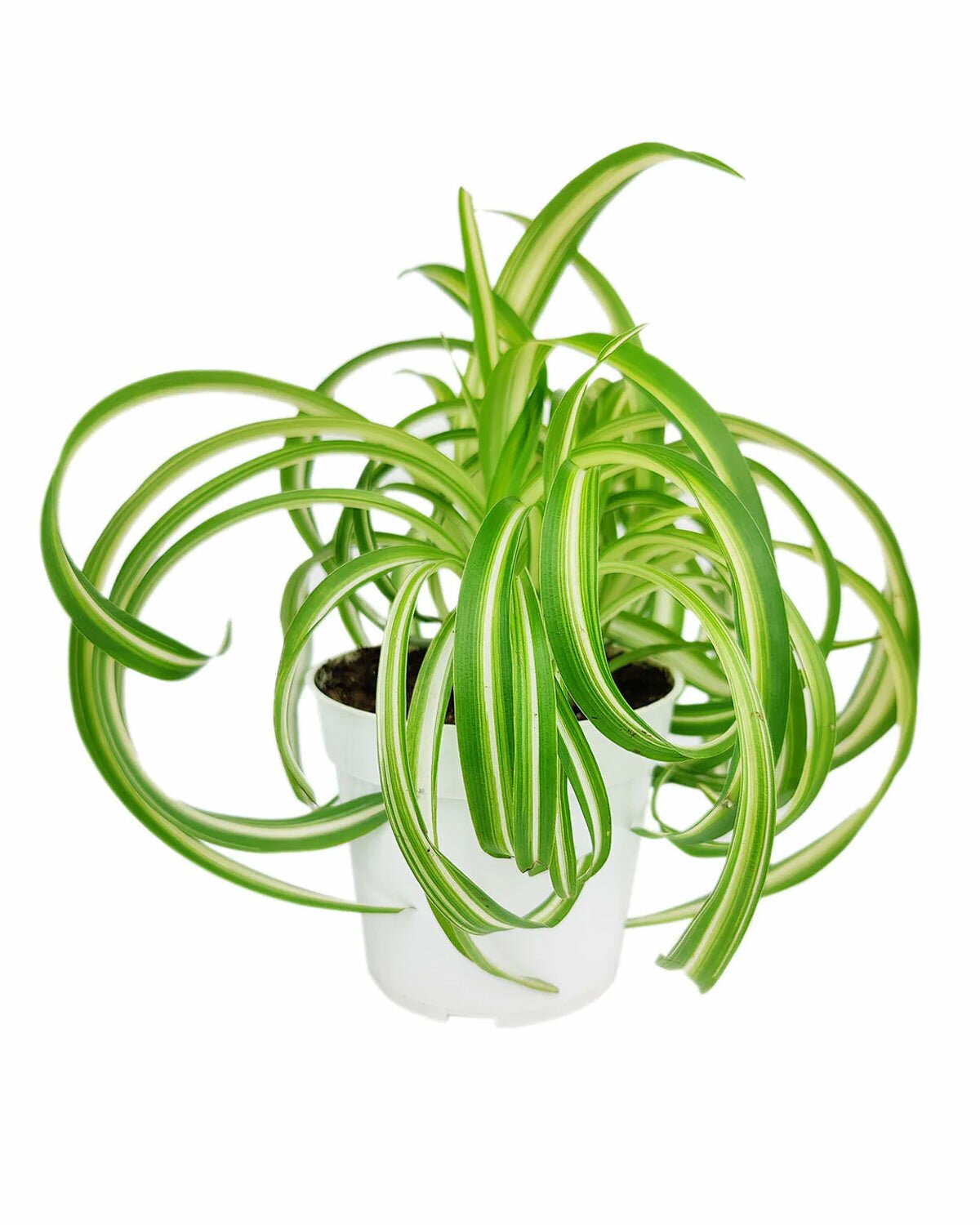What is an Air Purifying Houseplant?
Any growing indoor plant can be a houseplant. There are some indoor plants can improve indoor air quality by removing certain toxins from the air. Each plant’s care requirements vary based on its natural habitat. The information in this blog is generalized and may not work for all indoor plants. To ensure your indoor plants receive the best care regardless of their species, always look into the individual plant’s specific care requirements and native environment.
General Care
Many houseplants are considered “exotic” or aren’t native to the location they’re sold in. Typically, these houseplants are jungle plants or prefer warm climates, which we can easily recreate in the home.
Houseplant Lighting
While many houseplants do well with indirect sunlight, light levels vary depending on the species. A houseplant that isn’t getting enough sunlight will appear “leggy” and have thinner stems and drooping leaves. The plant will also appear discolored, turning either pale green or yellow-green.
How Much To Water A Houseplant?
Succulents and cacti are often a special case because they don’t need water often. Houseplants will need a routine watering schedule to thrive. A general rule of thumb is to monitor your soil’s moisture levels with either your finger or a moisture meter and water when the soil gets dry. Some plants need more water than others, so always look into how much water your plant needs before you water it.
Air Purifying Houseplant Soil Type
Soil requirements once again vary based on your plant’s natural environment, and some may need sandier soil or more acidic soil, or even no soil to grow comfortably. A general potting soil is easy to modify for specific needs and works best for most houseplants.
Temperature and Humidity
Most, if not all, plants that do well indoors need temperatures between 60 and 80 degrees Fahrenheit in the home. On the other hand, humidity levels may vary from plant to plant. To help control humidity in your home, we recommend using a humidifier or dehumidifier.
Air Purifying Houseplant Fertilizer
For fertilizer, your plant’s natural environment will once again play a major role in which nutrients are high-priority. Always look into your houseplant’s fertilizer needs before choosing a fertilizer at the store!
Potting and Repotting
If you’re used to repotting succulents, the process for houseplants isn’t too different. There are always a few constants to keep in mind while you repot, including growing season, soil type, and pot type. Houseplants tend to grow faster than succulents do, so you may need to repot them once a year instead of once every couple of years.
When you repot any plant, it’s always best to do so during the growing season (if you can help it). This will help reduce transplant shock and allow the plant extra time and energy to heal any damage. Go with the soil mix you’ve previously used for your soil choice– making batches in advance for your plants is an excellent way to prepare for repotting! Finally, your pot choice will vary depending on your plant’s drainage requirements. Succulents typically need high-drainage soil and porous pots made from concrete, terracotta, or ceramic to provide optimal drainage. However, some indoor plants like lucky bamboo require pots with absolutely no drainage, made from glass or metal.
Blooming
The best part about your houseplants blooming is that it won’t kill them. Unlike many succulents, houseplants aren’t typically monocarpic, and their blooming period is often a lot longer than the few weeks your succulents will be in bloom. Flowering houseplants, like the Kalanchoe and Anthurium, show their brightest colors during their blooming seasons. To ensure your indoor plants bloom, you can do a few things: first, slightly increase the amount of light your plant receives– this will mimic the longer days in springtime– and add a bit of fertilizer. The extra nutrients will give your plants plenty of energy to blossom and grow.
Propagation
Unlike succulents, it’s a bit more difficult to propagate a houseplant. You’ll need to take cuttings directly from your plant during the growing season for houseplants. If you prune your houseplants, this is the perfect time to take cuttings– just be careful as you trim and use a pair of clean, sharp scissors or a knife.
To make a cutting on your houseplants, cut roughly four to six inches off of a stem with leaves. Some gardeners recommend trimming diagonally to increase the space roots can grow from, but you'll be fine as long as your cut is clean. Then, we recommend using a rooting hormone (either natural or man-made) to ensure your cuttings take root quickly. Once you’ve applied your rooting hormone to the base of your cutting, place it directly in moist potting soil or room-temperature water. Provide your cuttings with indirect sunlight and if you’re propagating with soil, keep the soil moist for roots to form. After about two weeks, transplant your cuttings to a new pot!
Check out the following blogs to see Best Houseplants for Beginners and The Best Air Purifying Plants for any Home or Apartment.

 Calathea
Calathea Philodendron
Philodendron Air-Purifying Houseplants
Air-Purifying Houseplants Best Houseplants For Beginners
Best Houseplants For Beginners







































